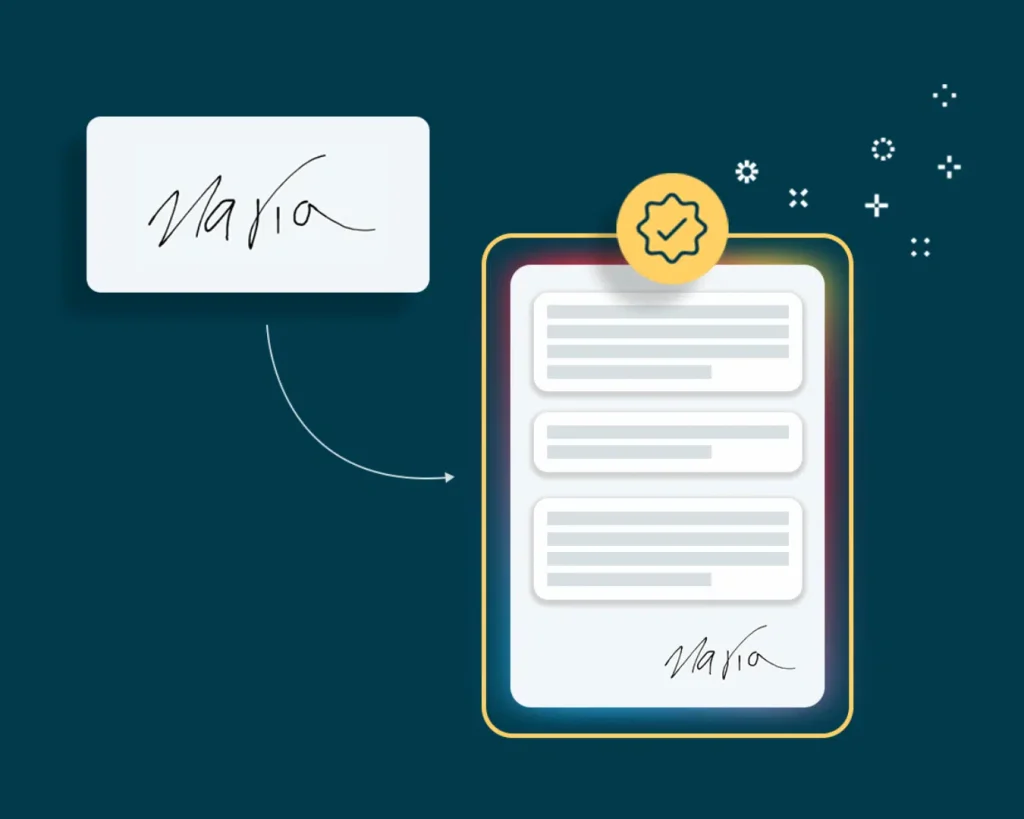Future-Proofing Your Data with an Innovative Digital Signature Generator Solution
In an era where digital transformation is reshaping industries at an unprecedented pace, the security and integrity of data have become paramount concerns for businesses and individuals alike. With the increasing reliance on electronic communication and data storage, the vulnerability of digital information to tampering, forgery, and unauthorized access is a pressing issue. To address these challenges and ensure the long-term viability of digital data, the adoption of an innovative digital signature generator solution has emerged as a crucial strategy for future-proofing data. Digital signatures serve as the digital counterparts of handwritten signatures, providing authenticity, integrity, and non-repudiation to electronic documents and transactions. Unlike their pen-and-paper counterparts, digital signatures leverage cryptographic algorithms to create a unique identifier that is linked to the signatory and the document itself. This identifier, also known as a hash, ensures that any tampering with the document, even a minor alteration, will result in a mismatch when compared to the original signature, thereby instantly exposing any unauthorized changes.

One of the primary challenges in ensuring the longevity of digital data lies in the rapid evolution of computing power and cryptography techniques. As computing power continues to grow exponentially, the encryption methods that were once considered secure may become vulnerable to brute-force attacks. To counteract this threat, an innovative digital signature generator solution employs robust, future-proof algorithms that can withstand the test of time. By adopting algorithms with longer key lengths and resistance to emerging decryption techniques, organizations can safeguard their data against potential breaches years down the line. Furthermore, the integration of blockchain technology has significantly enhanced the credibility and permanence of digital signatures. Blockchain, as a decentralized and immutable ledger, creates an indelible record of digital transactions, including signatures. Once a digital signature is added to a blockchain, it becomes nearly impossible to alter or erase, ensuring the long-term integrity of the signed documents. This innovation is particularly valuable for sectors such as legal, healthcare, and finance, where the authenticity of records must be preserved for extended periods. In the realm of compliance and regulatory standards, an innovative digital signature generator solution proves invaluable.
As governments and industries implement increasingly stringent regulations regarding data security and privacy, organizations must adhere to the highest standards of authentication and data protection. By adopting Digital Signature Generator solution that complies with current and anticipated regulations, businesses can avoid costly penalties, reputational damage, and legal liabilities stemming from non-compliance. It is important to note that the efficacy of any digital signature generator solution depends not only on advanced technology but also on user-friendly implementation. Complex cryptographic processes can intimidate users, potentially leading to errors or avoidance of the technology altogether. Therefore, an effective solution should prioritize seamless integration into existing workflows, ensuring that even non-technical users can confidently apply digital signatures to their documents and communications. An innovative digital signature generator solution offers a multi-faceted approach to future-proofing data, encompassing advanced cryptographic algorithms, blockchain integration, and regulatory compliance. By adopting such a solution, organizations can bolster the authenticity, integrity, and longevity of their digital assets, safeguarding their data against evolving threats and ensuring its trustworthiness for years to come.
